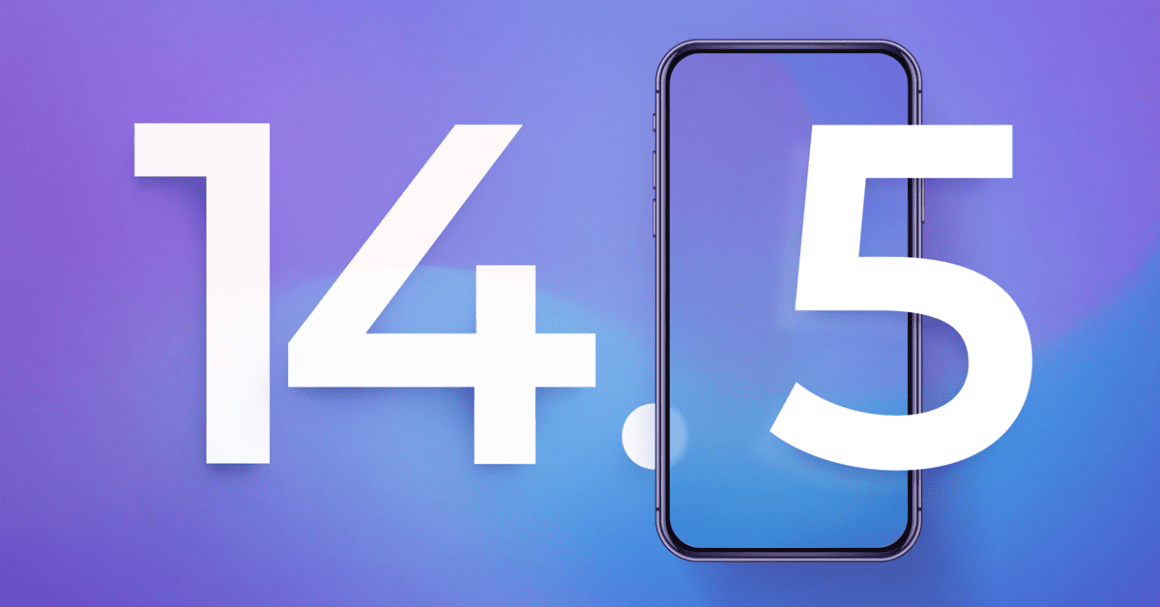Every time a major Internet stakeholder, such as Google or Apple, makes a privacy-related update, the Internet is flooded with queries asking how it will affect ad tracking.
The most infamous update and a change of policy that followed it was the iOS 14.5 update that made the ad-related part of the Internet red hot. This update was supposed to revolutionize/end and tracking as we know it. Did it?
If you want the short answer, then no, iOS 14.5 did not break or even affected tracking in the way that is provided by Voluum. It did, however, cause a small headache for smaller advertisers.
It’s been years since the introduction of this update and new one followed. So how they all affect ad tracking?
How Advertisers Track Users
There are different ways advertisers can get hold of user data and the iOS 14.5 update affected only one of them.
For starters, companies can track what users do inside their platforms and Apple can’t do much about it. If you shop on Amazon then Amazon will learn everything about your shopping habits.
Companies sometimes also use ‘fingerprinting’, so collecting mountains of seemingly innocent data to make probable guesses that a certain activity came from the same device. This is forbidden by Apple’s app store policies but not easily enforceable.
Lastly, companies can simply access an identifier that was tied to a concrete device to pin user actions to this device. This is what the iOS 14.5 update has changed.
iOS 14.5 update changes
Apart from many other feature updates, iOS 14.5 requires a user’s specific permission (by displaying a special pop-up window) before an app can have access to the device’s IDFA.
What’s IDFA?
It stands for ID For Advertisers and, as you may have guessed, it’s a unique identifier of each iPhone to be used by advertisers.
IDFA is used to track a specific device between mobile apps.
For example, imagine that Facebook displays a mobile game ad for you. Facebook’s app reads your IDFA and saves it on its servers with a small annotation that this ad has been shown to you. When you actually install this game, Facebook will attribute this fact to the ad that it showed you before.
On previous iOS versions, you could block access to your IDFA for all apps, including Apple’s, in your iPhone’s settings menu. But by default, access was granted.
The iOS 14.5 update changed that by requiring each user to give their explicit permission (called App Tracking Transparency or ATT) to access their IDFA. So, unless a user decides otherwise, IDFA will not be available for advertisers.
The iOS 14.5 was made publicly available on April 26th 2021.
Subsequent updates
The iOS 15.2 update released after a beta stage in June 2021 introduced a privacy report. It is a go-to place for users that want to check how many times an app accessed sensor that they have previously granted access to. They can also see what ad tech companies gather their data.
The report may be hard to decipher for many users unfamiliar with companies and technologies from the ad tech sector though. It is safe to say that there weren’t any changes of significance comparable to the iOS 14.5 udpate.
iOS 14.5 update problems for advertisers
This is a big challenge for Facebook and many other companies that have been relying on IDFA to attribute sales to ads. Meta expected the losses to reach $10 billion since its ads may be less relevant for users who decide to opt out from tracking. This may decrease the effectiveness of its ads and inflate average campaign costs.
The initial data shows that only 5% of users have decided to allow Facebook to track them. Outside US, this number rises a bit, but the majority of users have decided to opt-out from tracking.
The following years have brought some changes to the ad industry. First of all, the end of the advertising world didn’t come. Secondly, the update most probably made big companies stronger, especially the walled garden ones that may track users within their own platforms. Many small advertisers have been affected but found a way to keep advertising by switching to different platforms (very often from Facebook to TikTok) or coming to terms with having limited user data.
iOS updates and Voluum
The lack of access to IDFA does not influence the way Voluum works. Voluum uses cookies, HTTP requests and scripts to gather information about visitor’s activity between websites. IDFA is used by mobile apps only, not by web pages. So, while there may be some changes in the whole advertising landscape (prices, ad relevance, and so on), tracking with Voluum is still safe.
If you track iPhone apps with a dedicated mobile measurement partner such as AppsFlyer, you may want to mass your data to Voluum to have all advertising channels in one place. Data from iPhones of users that have opted out from tracking will not have Voluum click ID. Luckily, you may still record conversions without click ID but using campaign ID as fallback instead.
Summary
To sum up, here’s what’s important in a nutshell:
- If you’re not tracking app installs or upsells within apps, you’re not affected.
- If you are using Voluum to track app installs or upsells within apps, Voluum still works for you, but your partners (traffic source, affiliate network) may be somewhat affected. Set up your advertising to record conversions without click ID and you will be fine.
- Even if your partners are affected, they most likely already took the right steps to proceed to safety before Apple rolls out the changes. That’s exactly what the wait until 14.5 was for.
- If you’re still not sure where you stand, feel free to chat with your traffic source / affiliate network customer support – they can clear it up for you.
The Internet did not break.
Voluum is still an awesome ad tracking software.




